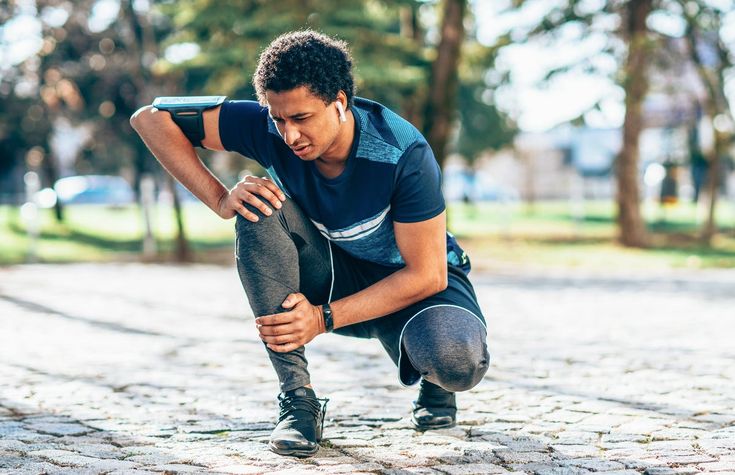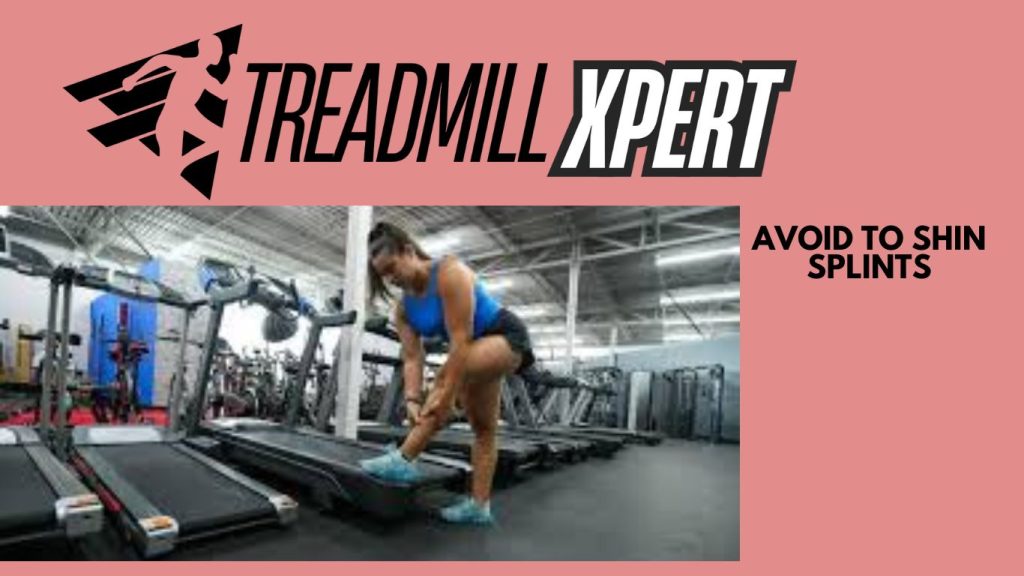How to avoid shin splints while using a treadmill?
To avoid shin splints while using a treadmill, apply these strategies: Proper footwear, Gradual progression, Warm-up and cool-down, Proper form, Incline adjustment, Cross-training, Stretching and strengthening, Surface variation, Proper hydration and nutrition, Listening to your body, Proper treadmill maintenance, Consider orthotics.
-
Proper footwear avoids shin splints:
-
To avoid shin splints, proper footwear supportive running shoes and you are wearing well-cushioned.
-
You can replace shoes regularly (typically every 300–500 miles).
-
-
Gradual progression:
-
You should increase speed and duration gradually and follow the 10% rule.
-
-
To avoid shin splints – Warm-up and cool-down:
-
You should warm-up: start with a 5–10-minute walk before running.
-
You can cool down with a slow walk at the end.
-
-
To avoid shin splints – Proper form:
-
Maintain good posture and avoid overstriding.
-
-
To avoid shin splints – Incline adjustment:
-
You can use a slight incline (1–2%) to reduce impact on shins.
-
-
To avoid shin splints – Cross-training:
-
Like swimming or cycling, it incorporates low-impact activities.
-
-
Stretching and strengthening:
-
Stretch calf muscles and Achilles’ tendons.
-
Also strengthen shin muscles with exercises like toe raises.
-
-
To avoid shin splints – Surface variation:
-
When possible, alternate between treadmill and outdoor running.
-

-
To avoid shin splints – Proper hydration and nutrition:
-
You should stay well-hydrated.
-
Ensure adequate calcium and vitamin D intake.
-
-
To avoid shin splints – Listen to your body:
-
If you feel pain, slow down or stop and, as needed, take a rest.
-
-
Proper treadmill maintenance:
-
Ensure the belt is tensioned correctly and aligned with a treadmills.
-
-
Consider orthotics:
-
If you have flat feet or high arches, custom insoles help during workouts.
-
How does it treat and prevent shin splints on the treadmill?
Treating Shin Splints due to Rest, Ice, Compression, Elevation, Pain relief, Gentle stretching, and Gradual return.
-
Rest:
-
Take some rest, reduce or stop activities that cause pain.
-
This might mean taking a break from the treadmill workout continuously.
-
-
Ice:
-
To reduce inflammation, apply ice to the affected area for 15–20 minutes, 3–4 times a day.
-
-
Compression:
-
You should use compression socks or sleeves to support the shins.
-
-
Elevation:
-
Reduce swelling and elevate your legs when resting to help.
-
-
Pain relief:
-
Over-the-counter pain relievers like ibuprofen can help manage pain and inflammation due to treadmill shin splints.
-
-
Gentle stretching:
-
Gentle stretching can help, once pain subsides.
-
-
Gradual return:
-
When ready to run again, start slowly and increase intensity gradually.
-
How to Prevent Shin Splints on a Treadmill?
Preventing Shin Splints on a Treadmill involves Proper footwear, Form and technique, Gradual progression, warm-up, Strengthening lower legs, Stretching, Training Surface variation, Proper treadmill maintenance, Listening to your body, staying hydrated, and Considering custom orthotics.
-
Proper footwear:
-
Ensure your shoes provide adequate support and cushioning.
-
-
Treadmill settings:
-
To reduce impact, use a slight incline (1–2%).
-
Avoid running at 0% incline for long periods.
-
-
Form and technique:
-
Land midfoot rather than on your heel.
-
Maintain a slight forward lean.
-
-
Gradual progression:
-
You should increase speed and duration slowly over time.
-
-
Warm-up:
-
Before running, always start with a 5–10 minute walk.
-
-
Strengthen lower legs:
-
Do exercises like calf raises and toe taps.
-
Lower leg strength is essential.
-
-
Stretch:
-
Before and after running, focus on calf, Achilles, and shin stretches.
-
-
Cross-train:
-
Mix in low-impact activities like swimming or cycling.
-
-
Surface variation:
-
If possible, occasionally run outdoors on softer surfaces.
-
-
Proper treadmill maintenance:
-
Ensure the belt is in good condition and properly tensioned.
-
-
Listen to your body:
-
Slow down or stop your workout if you feel pain.
-
-
Hydration and nutrition:
-
You should stay hydrated and maintain a balanced diet rich in calcium and vitamin D.
-
-
Consider custom orthotics:
-
If you have flat feet or high arches.
-
-
Consult a professional:
-
If shin pain persists despite these measures, it’s essential to consult a healthcare professional or a sports medicine specialist to reduce the shin splints.
-
They can provide a proper diagnosis and tailored treatment plan.
-
What are the causes of shin splints walking on the treadmill?
-
Experiencing shin splints while walking on a treadmill is less common than running, but it can still occur.
-
Information and advice specific to shin splints from walking on a treadmill causes
-
Incorrect walking technique
-
Inadequate footwear
-
Overuse or sudden increase in walking duration/intensity
-
Walking on a completely flat (0% incline) treadmill for extended periods
-
Muscle imbalances or weakness in the lower legs
-

What is a specific treadmill brand that reduces shin splints on the treadmill?
While no treadmill model can completely prevent shin splints, some features can help reduce the risk.
-
NordicTrack Commercial Series:
-
Offers IFIT training with automatic incline/decline adjustments.
-
Features cushioned decks for impact reduction.
-
-
Sole F80:
-
Known for its cushioned deck (Cushion Flex Whisper Deck).
-
Offers various incline settings.
-
-
Precor TRM 835:
-
Features a Ground Effects Impact Control System.
-
Offers customizable programs.
-
-
Life Fitness Platinum Club Series:
-
Provides Flex Deck shock absorption technology.
-
Offers incline options.
-
-
Woodway 4Front:
-
Uses a unique slat belt design that may reduce impact.
-
Offers customizable cushioning.
-
-
Bowflex Treadmill 22:
-
Features Comfort Tech deck cushioning.
-
Offers a 5% to 20% incline range.
-
-
Note:
-
While these models offer features that may help the user during a workout, proper usage, gradual training progression, and appropriate footwear are equally crucial in preventing shin splints.
-
Before purchasing, it’s always a good idea to test a treadmill.
- Proper footwear is necessary. Wear well-fitting, supportive shoes appropriate for your activity and foot type, and replace them regularly.
- Gradual progression affects your workout. Increase your exercise intensity, duration, and frequency gradually to allow your body to adapt.
- Cross-training is the best workout experience. Mix high-impact activities with low-impact exercises to reduce stress on your shins.
- Warming up and stretching affect the exercise. Always warm up before exercising and stretch your calf muscles and Achilles tendons.
- Proper form and body language: Maintain good running or walking technique to distribute impact evenly.
- Surface selection effect on the workout: Run on softer surfaces when possible, avoiding concrete and uneven terrain.
- Strengthening the lower legs is essential. Incorporate exercises to strengthen your calf muscles, ankles, and feet.
- Rest and recovery .Relax your body for some time. Allow adequate time between workouts for your body to recover.
- Address biomechanical issues when you Consider orthotics or gait analysis if you have flat feet or other structural concerns and avoid shin splints.
